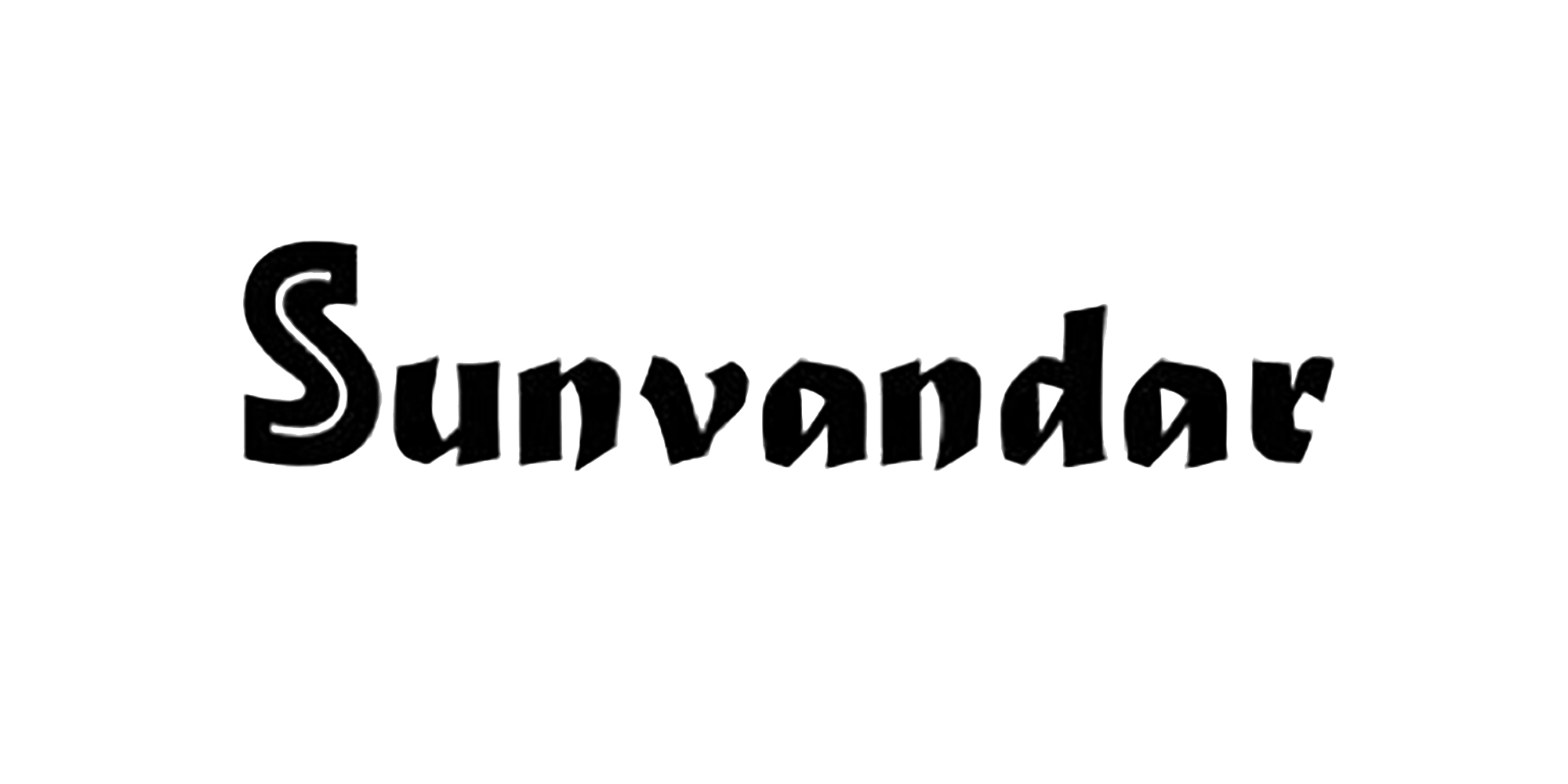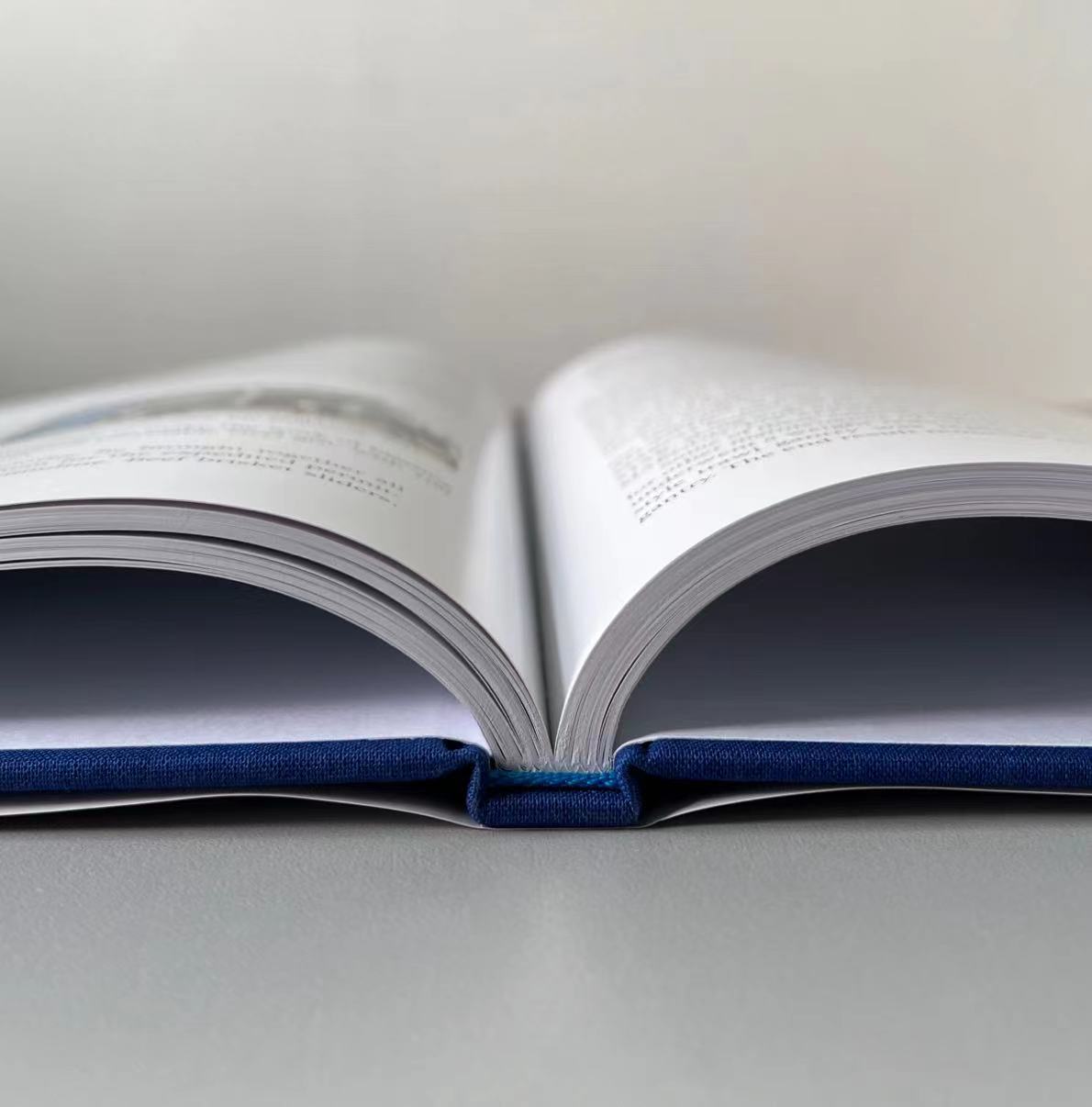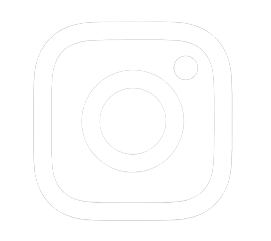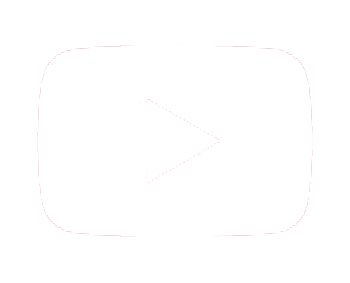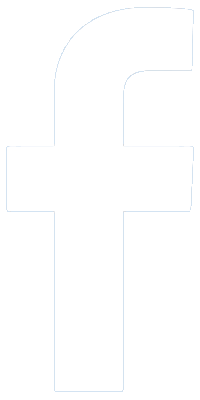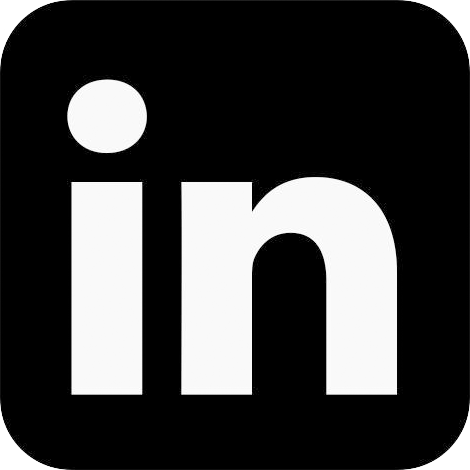Binding
After the folding and sorting complete, book blocks will be ready for the binding process. There are four common binding methods, which are saddle-stitched, soft bound, hard bound and wire-O bound. Additionally, there exist alternative binding methods, including spiral binding, flexibound, and more. Below articles will introduce more about each different binding method.
Saddle-stitched binding
Saddle stitching is undeniably the most straightforward binding method, involving the insertion of staples into the spine to secure all the pages together. It's a considerably simpler process compared to the more complex methods of hardcover/casebound or perfect bound/softcover book binding. Image references are as follows:
Saddle Sewn Binding
Except saddle stitching, we also offer saddle sewn binding. It is a method where the text pages are sewn right down the middle of the center spread, similar to how a saddle stitched book is bound only with thread.
Here is an example of saddle sewn brochure:
Soft bound
Also known as softcover binding, paperback and limp bound. The book cover is drawn on the book block with glue and usually with hinge scoring. Hinge scoring is a procedure in which extra front and back glue is applied approximately 3mm away from the spine, and a score is created on the covers at the edge of this extended glued area. This process facilitates easier book opening and reduces pressure on the spine when turning pages.
(Hinge scored cover)
There are some specific binding methods in soft bound, including perfect bound, smyth sewn, lay-flat binding and more. To simply put, when the pages are glued directly to the cover, this method is referred to as perfect binding.
(Perfect binding)
When the pages are initially sewn together with thread and then glued to the cover, it is known as smyth sewn or section sewn binding. With the signatures sewn with thread, The pages cannot be separated from the book without being ripped out. It is obviously a more durable binding option for a book especially it has a certain number of pages.
(Smyth sewn binding)
Softcover layflat binding
Regarding lay-flat binding, not so many printing companies can apply it on a softcover book. We use a different flexible glue to enable a book to be opened completely flat. Lay-Flat books are much easier for reading because they lay flat on each page instead of attempting to spring back closed. But do note that creases on the spine are not avoidable if it is opened completely flat.
(Example of a layflat softcover book)
Hardbound
Also known as casebound or hardcover binding. It involves the construction of an outer case made of 3 pieces of grey boards wrapped with paper, cloth or leather.
Unlike softcover books, there will be end papers (end sheets) glued to the inside front and inside back cases, which are used to add strength and hide the join between the cover and the internal book blocks. Endsheets in hardcover books are typically made from uncoated paper stock that is slightly thicker or heavier compared to the paper used for the book's interior pages.
There will usually be head and tail bands (H&T bands) inserted in the spine and showed at the top and bottom of the spine in the completed book. Headbands serve a purely decorative role and do not have a functional purpose. However, they can add a vintage or design-oriented element to the final appearance of the book.
Except H&T bands, some case bound books might have ribbon markers as well.
Below is the anatomy of a hardcover book:
There are options of square back and round back binding methods for hardcover books. A square back or round back finish refers to the appearance of the book's spine. A square-backed finish results in a flatter appearance for the spine. It is using the same thickness board in the spine as that of the front and back cover. Square back binding also involves options of loose square back and tight square back. The only difference is whether the book block is firmly glued to the spine.
(Loose square back hardcover book)
(Tight square back hardcover book)
(Round square back hardcover book)
Wire-O bound
Also known as wire binding. This binding method utilizes a continuous hinge made of double wire loops to securely bind book covers and pages together. Books that are bound using the Wire-O method have the advantage of laying flat, and their sheets can be turned a full 360°, making this binding style particularly well-suited for items like calendars or notebooks.
(Wire-O bound book)
(Wire-O bound desk calendar)
Double loop wire diameter guide
Copyright © 2003-2024 Sunvandar Printing Co., Ltd. All rights reserved.
Factory Address
Block D3, Shanglilang industrial estate, Pingji Blvd, Long gang district, Shenzhen, China, 518112
Follow Sunvandar
sales@sunvandar.com
